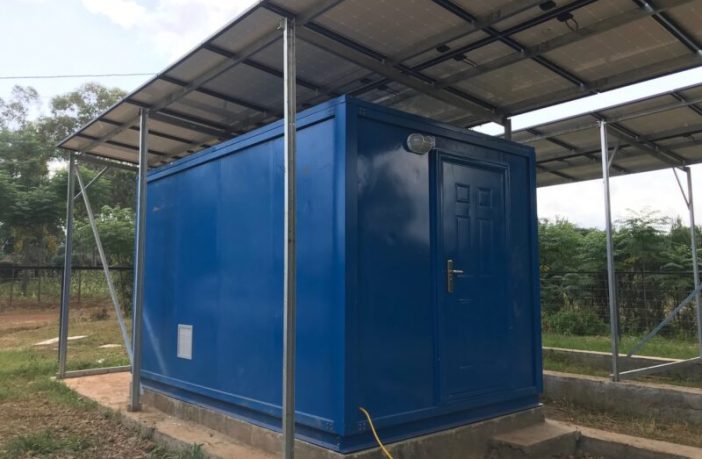- Researchers from the University of Oxford have looked at how second-life batteries (SLBs) could be combined with rooftop solar in remote school buildings throughout East Africa.
- They found that such devices could provide a lower LCOE than new storage systems.
They described their findings in “Second-life battery systems for affordable energy access in Kenyan primary schools,” which was recently published in Scientific Reports. They investigated the technical and economic feasibility of the proposed system configuration and said that its use could be extended to electrify all rural households.
“Lithium-ion batteries from electric vehicles are particularly high-value SLBs,” they explained. “At their ‘end-of-life’, they still typically have 70% to 80% of their capacity remaining. This equates to thousands of charge/discharge cycles and hours of usable energy storage.”
The academics spoke to 12 East African schools about their respective consumption profiles and projected energy needs, as well as the technical and financial challenges. They aimed to compare the performance of the proposed system configuration with two reference systems featuring conventional batteries and grid electricity.
The electricity produced by the solar-plus-storage system would be used for classroom lighting, security lighting, information technology, and phone charging.
“These all use relatively little power, which speaks well to the potential suitability of hybrid battery and PV solutions to meet school energy needs,” the scientists explained.
Th appliances are roughly the same for the four schools. They would require an average installed power of around 5 kW, given an annual average demand of 10,220 kWh.
The scientists calculated the LCOE of the three system configurations over 25 years.
“This was estimated at $0.31/kWh, resulting from the current electricity cost of $0.28/kWh and considering an annual utility escalating factor of 1%,” they said. “Results for each scenario show that the LCOE varies between $0.11/kWh and $0.22/kWh and that in 97.2% of the scenarios studies, using second-life batteries is cheaper compared to new batteries as per the LCOE obtained.”
They identified a minimum payback time of 2.9 years for a hybrid system consisting of a 5 kW PV system and 5 kWh of SLB storage. They found that locally sourced SLBs were cheaper than imported new batteries in all of the scenarios. They also determined that the maximum reduction in LCOE of 29.4% could be achieved for a system that combines 7.5 kW of PV with 20 kWh of SLB storage, or for a 10 kW of PV paired with 20 kWh of SLB storage.
“While we have shown that SLBs can reduce the costs of school energy access in Kenya significantly while effectively mitigating the challenges of battery waste, there are still a number of issues that need to be overcome for SLBs to be effectively used on a wide scale,” the scientists concluded, noting that more research will be needed to address the aforementioned issues.
Link to study report HERE
Author: Emiliano Bellini
This article was originally published in pv magazine and is republished with permission.















